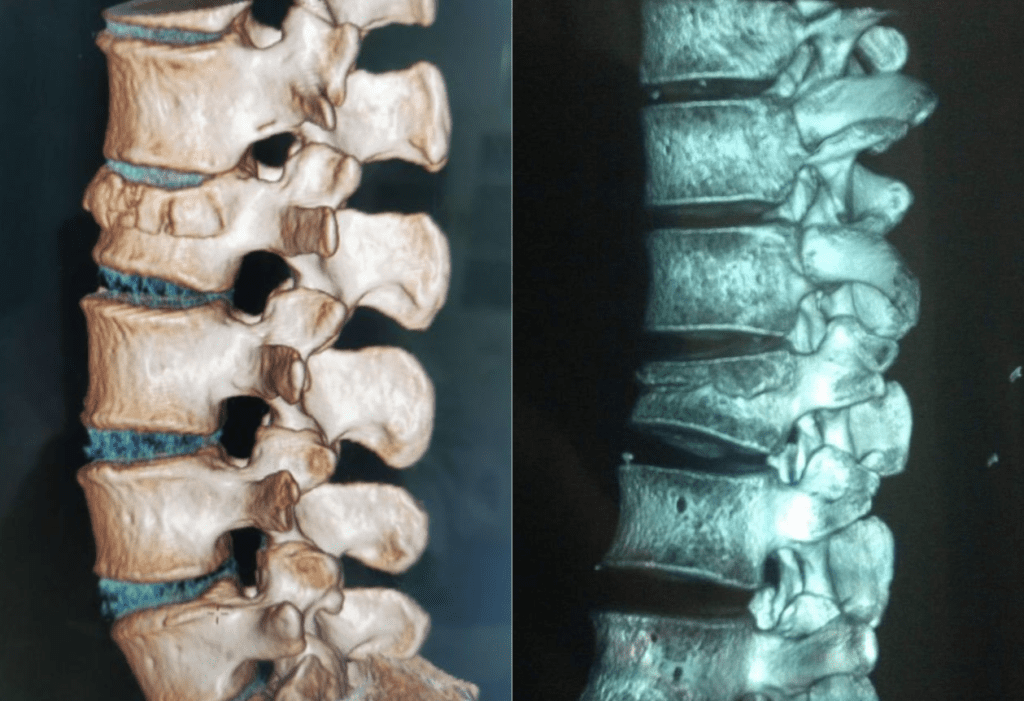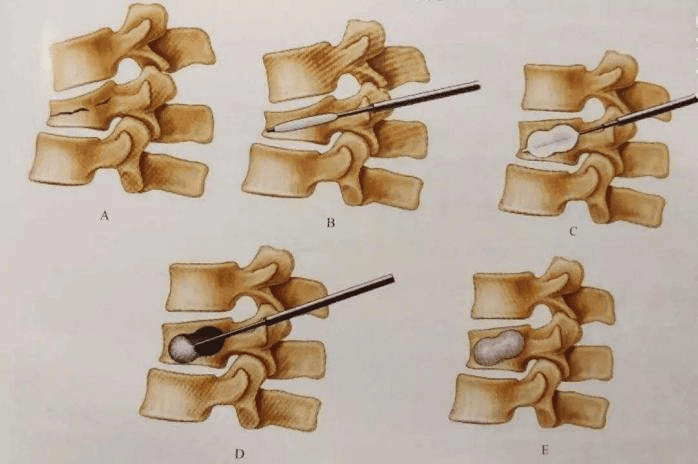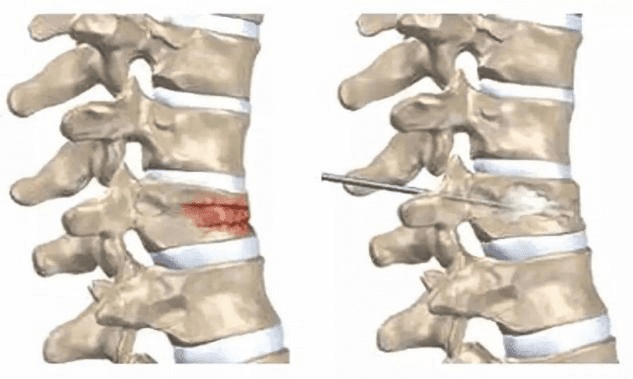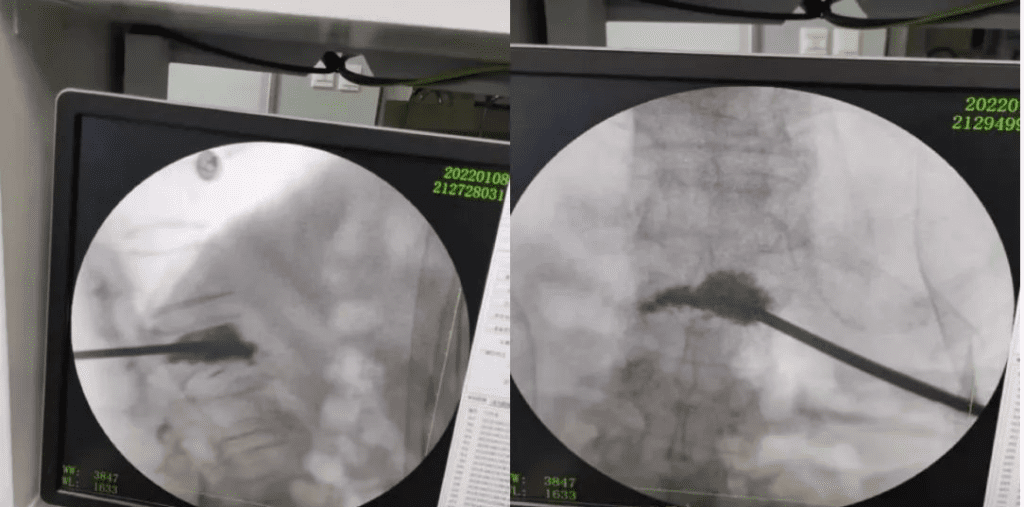What is the osteoporotic compression fracture?
Senile osteoporotic compression fractures are common and usually occur in the thoracolumbar vertebrae. The main symptoms are thoracolumbar and back pain, limited movement, and pain when turning over and getting up. Some patients have a history of lumbar sprain. However, most patients do not have a clear history of trauma and are generally treated as lumbar or back soft tissue injuries or lumbar muscle strains, resulting in delayed treatment. If the low back pain is obvious, it is recommended to take X-rays of the lumbar or thoracic spine and magnetic resonance imaging of the lumbar spine to determine whether there is a vertebral compression fracture caused by osteoporosis.
As we have entered an aging society, there are more and more elderly people around us, and the treatment of geriatric diseases has attracted increasing social attention. Among them, osteoporosis in the elderly is often ignored by people because of its insidiousness and universality. It is not until the pain becomes obvious after a fracture that people can’t even get out of bed and turn over.
Osteoporosis is a systemic bone disease characterized by low bone mass, damage to bone microstructure, increased bone fragility, and susceptibility to fractures. It mainly manifests as low back pain, spinal deformation, fractures, etc. It is caused by various factors such as genetics, endocrine factors, nutritional factors, drugs and age. The main treatment methods are lifestyle modification and drug treatment, and severe cases can be treated with surgery.
Among osteoporotic fractures, fractures occurring in the vertebral bodies account for a large proportion. According to statistics, about 1/3 of women and 1/5 of men over the age of 50 are at risk of osteoporotic fractures. Currently, there are approximately 8.9 million patients with osteoporotic vertebral compression fractures every year worldwide.
More than 75% of patients with osteoporotic vertebral compression fractures fracture simply because they cough or sneeze inadvertently or even without any inducement. Some patients usually think that the lower back pain that occurs in the early stages of osteoporotic vertebral compression fractures is just an accidental sprain, or that it is a lumbar muscle strain, thus missing the best treatment period until the pain does not improve or even worsens.
Most patients will choose conservative treatment rather than undergo surgery. Treatment is provided by bed rest, local analgesia and other methods. However, being bedridden for several months can be extremely harmful to the elderly.
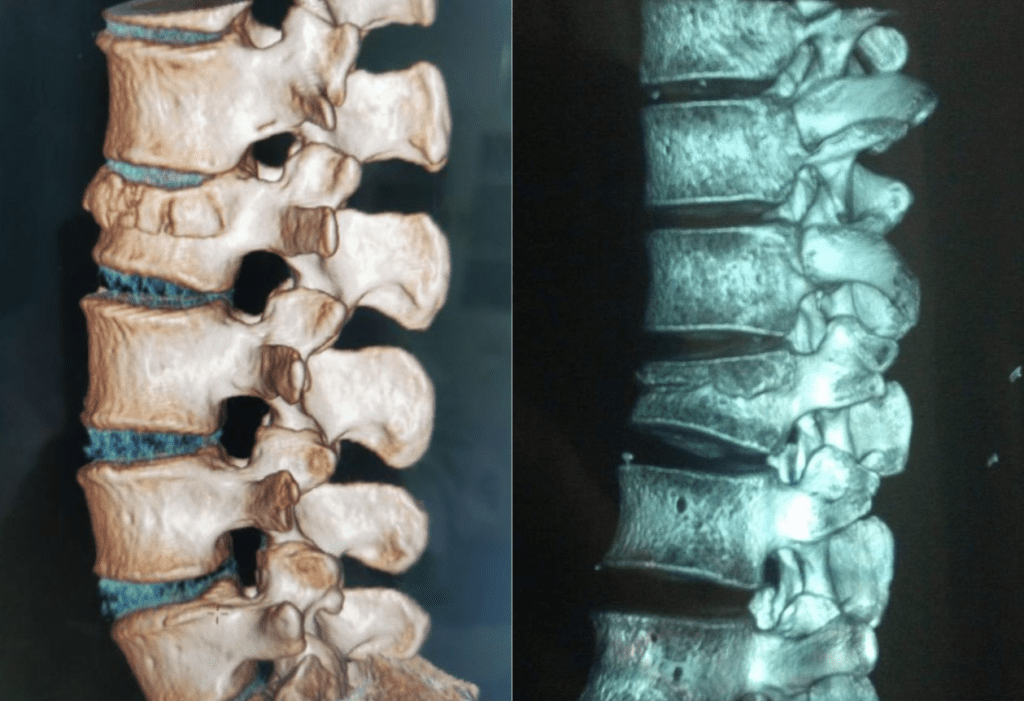
Main hazards:
1. Bone decalcification and bone strength continue to decrease, increasing the probability of fractures in other parts.
2. Lead to limb muscle atrophy, decreased muscle strength, and further occurrence of falls.
3. Bedsores are prone to occur.
4. Decreased cardiopulmonary function can easily induce the accumulation of pneumonia.
5. Long-term bed rest can easily induce deep vein thrombosis and pulmonary embolism, which can even be life-threatening.
Therefore, getting patients out of bed as soon as possible, quickly relieving pain, and improving patients’ quality of life are important goals in the treatment of osteoporotic vertebral fractures.
For traditional open and internal fixation surgical treatments such as open reduction and pedicle internal fixation screws are insufficient to hold the osteoporotic vertebral bodies, and elderly patients have reduced tolerance for surgery, making routine open surgical treatment difficult to perform
This makes it a necessary development trend to treat osteoporotic vertebral fractures through minimally invasive surgery, which provides effective help for percutaneous pedicle puncture and injecting bone cement filler into the fractured vertebral body with the help of imaging equipment.
In recent years, percutaneous vertebroplasty (PVP) and kyphoplasty (PKP) using minimally invasive techniques have become popular treatments for senile osteoarthritis due to their advantages of accurate pain relief, minimal invasiveness, safety, economy, and few complications.
What are percutaneous vertebroplasty (PVP) and kyphoplasty (PKP)?
PVP is a minimally invasive spine surgical technique. Percutaneously puncture a needle into the diseased vertebral body under image guidance and then inject bone cement into the vertebral body to relieve low back pain, enhance the strength and stability of the vertebral body, prevent collapse, and partially restore the height of the vertebral body. PKP is a technology that uses balloons to expand the vertebral body based on PVP.
Indications of PVP and PKP

The current application diseases of vertebroplasty include vertebral diseases that cause pain, and it is mainly used for osteoporotic vertebral compression fractures. In addition, it can also be used for the palliative treatment of vertebral hemangioma and certain malignant tumors of the vertebral body.
1. Those with obvious pain symptoms, vertebral compression fractures <3 months old, and those who are ineffective after non-surgical treatment;
2. Patients with vertebral body compression fractures with non-union for >3 months;
3. Vertebral compression fracture, showing significant progressive development of kyphosis;
4. MRI shows obvious edema in the diseased vertebrae;
5. The degree of compression of the vertebral body should be maintained at least 1/3 of the original vertebral body height.
6. Vertebral compression fractures for those aged >55 years

What are the advantages of PVP and PKP?
1. Minimally invasive, less bleeding, local anesthesia, and low risk;
2. The analgesic effect is good. Generally, pain relief and improvement of limb activities can be achieved within a few minutes after the operation; The pain will be eliminated few hours or days.
3. It can not only strengthen the vertebral body but also restore the strength of the vertebral body;
4. Prevent further collapse of the vertebral body and kyphosis;
5. Early functional exercise and resume daily activities;
6. Significantly reduce complications;
7. Improve patients’ quality of life;
8. Solve the problems of unreliable internal fixation of osteoporosis and difficult treatment of multi-vertebral fractures in the elderly.
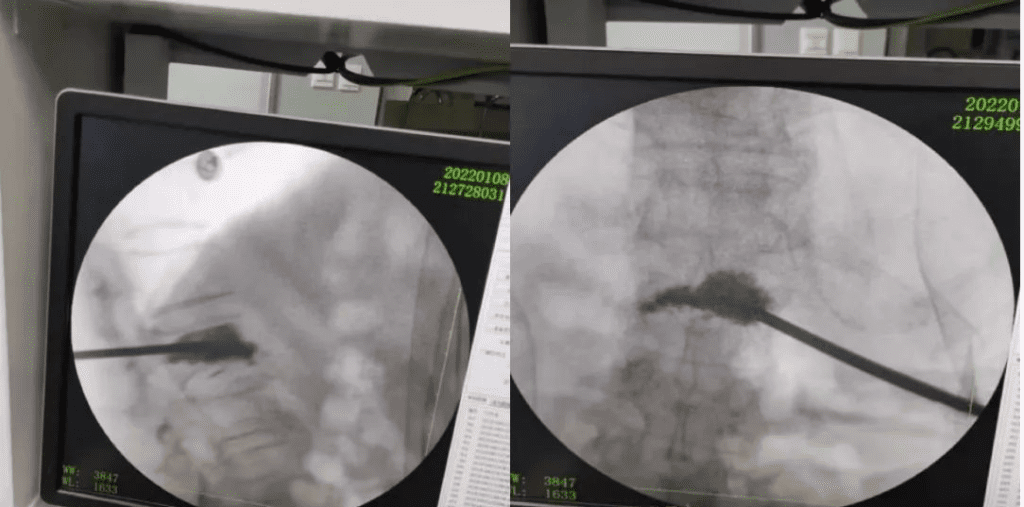
Precautions for patients after PVP and PKP surgery
1. After returning to the ward, rest in a supine position for 6 hours. During this period, pay attention to blood pressure, heart rate and other indicators on the monitor, and pay attention to chest tightness, waist pain, abdominal pain, and dizziness.
2. Bone cement can be completely solidified within a few minutes after being injected into the diseased vertebral body and back pain can be relieved. Therefore, patients can get up and get out of bed independently about 2-4 hours after PVP or PKP;
3. Patients should avoid excessive bending, weight-bearing, and trauma after surgery.
